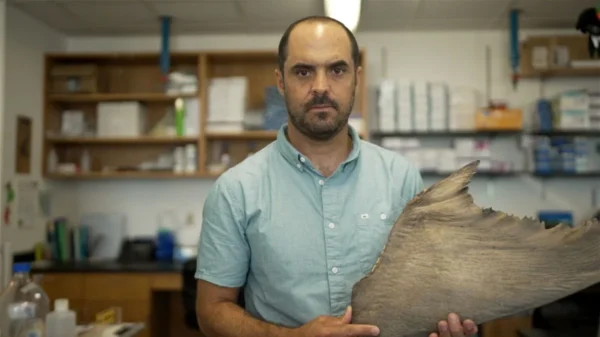Childhood malnutrition is a global issue that affects millions of childrenhttps://thousanddays.org/updates/category/topic/malnutrition/ around the world. It is a complex problem that arises from a combination of factors, including poverty, lack of access to nutritious food, inadequate healthcare, and poor sanitation. Malnutrition not only stunts a child’s physical growth but also impairs their cognitive development, leading to long-term consequences for their overall well-being.
The Impact of Childhood Malnutrition
Childhood malnutrition has far-reaching effects on both individuals and societies. Malnourished children are more susceptible to infections and diseases, leading to higher mortality rates. They also experience delayed physical and mental development, which can hinder their educational attainment and future earning potential. Furthermore, malnutrition perpetuates the cycle of poverty, as malnourished children are more likely to become malnourished adults and struggle to break free from the cycle.
Strategies to Combat Childhood Malnutrition
Addressing childhood malnutrition requires a multi-faceted approach that involves various stakeholders, including governments, non-governmental organizations (NGOs), healthcare providers, and communities. Here are some of the latest strategies and initiatives being implemented to combat this pressing issue:
1. Promoting Exclusive Breastfeeding
Exclusive breastfeeding for the first six months of a child’s life is crucial for their optimal growth and development. Breast milk provides all the necessary nutrients and antibodies to protect against infections. Initiatives that promote and support breastfeeding, such as providing education and creating breastfeeding-friendly environments, are essential in reducing childhood malnutrition.
2. Improving Access to Nutritious Foods
Ensuring that children have access to a diverse range of nutritious foods is vital in preventing malnutrition. This includes promoting agricultural practices that increase the production of nutrient-rich crops, improving food storage and preservation techniques, and implementing social protection programs that provide vulnerable families with the means to purchase nutritious foods.
3. Enhancing Nutrition Education
Education plays a crucial role in raising awareness about the importance of nutrition and empowering individuals to make informed choices. Nutrition education programs can be implemented in schools, healthcare facilities, and communities to teach children and their caregivers about the benefits of a balanced diet, proper food preparation, and hygiene practices.
4. Strengthening Healthcare Systems
Access to quality healthcare is essential for early detection and treatment of malnutrition. Strengthening healthcare systems involves training healthcare providers to identify and manage malnutrition, improving the availability of essential medicines and supplements, and integrating nutrition services into existing healthcare programs.
5. Enhancing Water, Sanitation, and Hygiene (WASH) Practices
Poor sanitation and hygiene practices contribute to the spread of infections and diseases, exacerbating the effects of malnutrition. Initiatives that focus on improving access to clean water, promoting proper sanitation practices, and raising awareness about hygiene are crucial in reducing childhood malnutrition.
Conclusion
Fighting childhood malnutrition requires a comprehensive and collaborative effort from governments, organizations, healthcare providers, and communities. By implementing strategies such as promoting exclusive breastfeeding, improving access to nutritious foods, enhancing nutrition education, strengthening healthcare systems, and enhancing WASH practices, we can make significant progress in combating this global issue. Investing in the well-being of our children today will not only improve their lives but also contribute to a healthier and more prosperous future for all.




































